Soil washing technology for dioxin treatment to be piloted at Bien Hoa airport
The Centre for Environment Treatment Technology (The High Command of Chemistry) and Japan’s Shimizu Corporation held a ceremony in Hanoi on September 4 to announce a memorandum of understanding on the cooperation and plan to pilot dioxin treatment technology at Bien Hoa airport in the southern province of Dong Nai.
 |
At the ceremony. (Source: VNA)
The activity aims to overcome the consequences of the toxin left over from the war and study technologies to master dioxin treatment.
A representative from Shimizu Corporation introduced soil washing technology for dioxin treatment, an efficient and cost-effective way to clean soil in Vietnam that remains contaminated to this day with toxic dioxins from the American War.
In Shimizu's soil washing technology, dirt sorted by granular size is rinsed with water and subjected to a process where dioxins adhere to the surface of air bubbles. Any contaminants that remain are burned off by heating to high temperature.
The Japanese civil engineering company used this process on soil contaminated by Agent Orange (AO) - a defoliant used by the U.S. military on large swaths of land during the war in Vietnam - and showed that 95 per cent of all dioxins could be removed.
The company estimates that 70 per cent of Vietnam's contaminated soil could be treated this way, allowing the dirt to be returned and reused. Furthermore, it calculates that the process would cost only around half that of conventional incineration of soil to remove dioxins.
The project will begin in November 2018, while the field soil washing will be carried out from mid-January to April 2019.
The area surrounding Bien Hoa aiport contains high levels of the chemical and is considered one of the country’s dioxin hotspots. According to assessments from Vietnam and the U.S., some 500,000 cu.m of dioxin-contaminated land in the airport need to be treated, requiring a large amount of capital and technology. The successful dioxin decontamination in this area will contribute to reducing risks of dioxin exposure and affecting human health.
Dioxin, a highly toxic chemical in the defoliant, stays in the soil and at the bottom of lakes and rivers for generations. It can enter the food supply through the meat of fish and other animals, and has been found at alarmingly high levels in breast milk.
In Vietnam, during the period of 1961-1971, American army sprayed more than 80 million liters of toxic chemical substances, most of which were AO which contained about 400 kilograms of dioxin.
This weapon of mass destruction has caused great suffering to countless families and seriously devastated the natural environment and people of Vietnam.
Between 2.1 to 4.8 million Vietnamese citizens were directly exposed to AO and other chemicals that have been linked to cancers, birth defects and other chronic diseases during the American War that ended in April 1975, according to the Vietnam Red Cross.
They reside mainly along the Trail of Truong Son and in areas bordering Cambodia. Tens of thousands of them have died. Millions of others and their offspring suffer from diseases and live in poverty due to AO’s effect.
Not until now has the public known about the destructive effect on human health of AO used during wartime. In 2000, the National Academy of Sciences of America (NAS) issued a list of Diseases caused by AO. Many of these have been found in Vietnamese victims of AO.
Diseases caused by exposure to AO include soft-tissue sarcoma, non-Hodgkin’s lymphoma, Hodgkin, Cloracne, while partly contacts with AO can result in cancers of the respiratory system (lung, brochial tube, trachea and larynx), prostate cancer, diabetes, two kinds of congenital malformations found in newborns of war veterans, Spina Bifida, Acute myelogenous leukemia, to name a few./.
VNF
Recommended
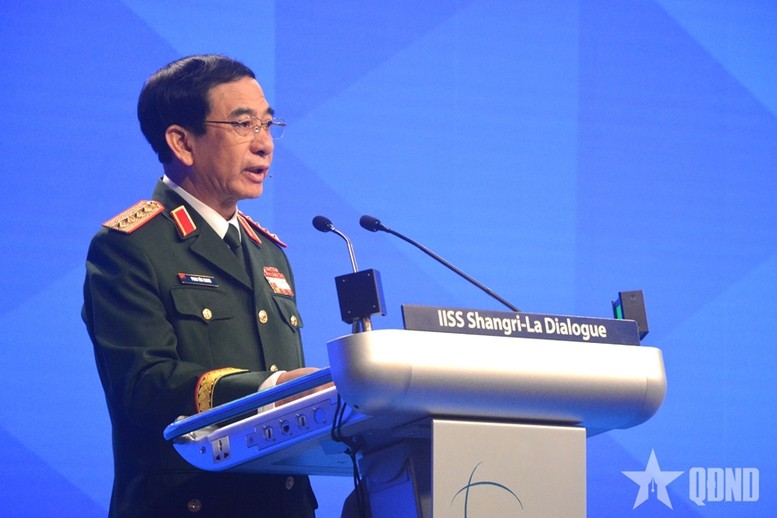 National
National
Shangri-La Dialogue 22: Vietnam Highlights Some Issues of Ensuring Stability in a Competitive World
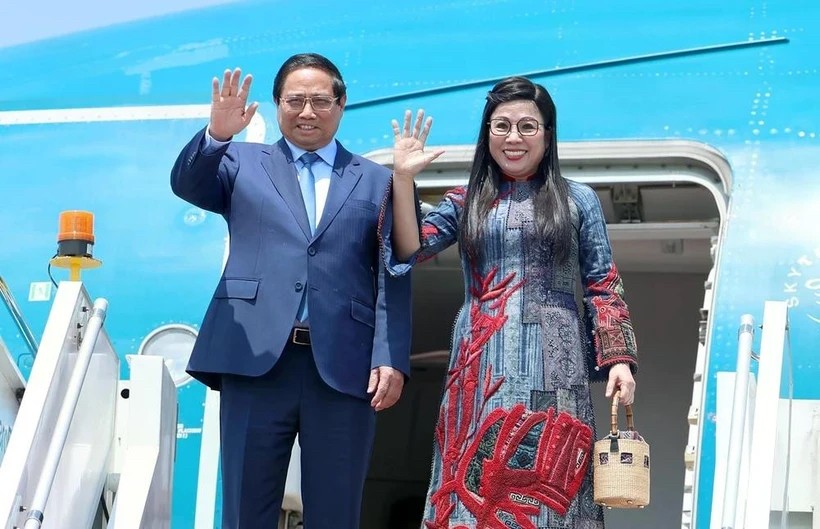 National
National
Vietnam News Today (Jun. 3): PM Pham Minh Chinh to Attend UN Ocean Conference, Visit Estonia, Sweden
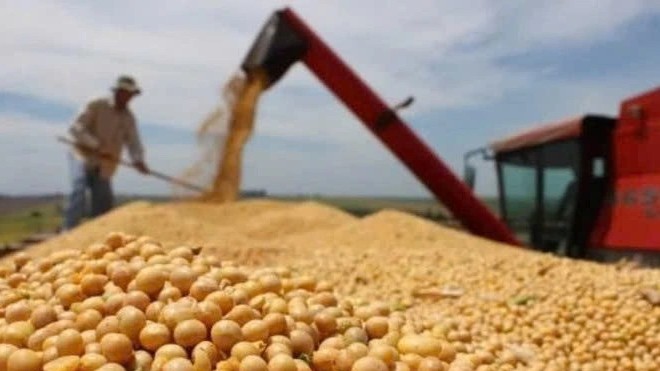 National
National
Vietnam News Today (Jun. 2): Vietnamese Trade Mission Sounds Out Business Opportunities in United States
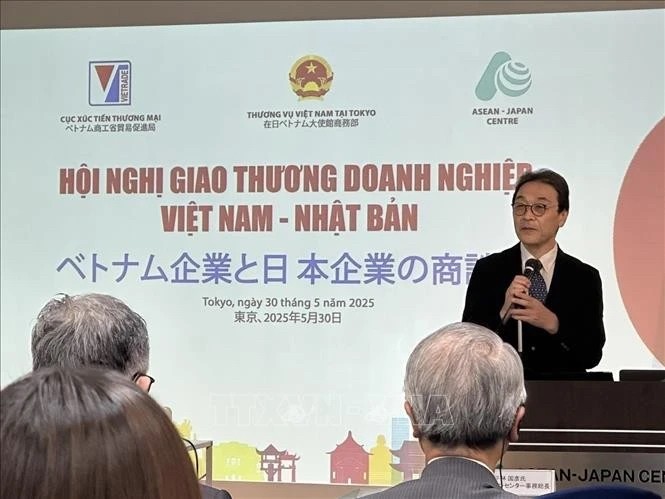 National
National
Vietnam News Today (Jun. 1): Vietnamese, Japanese Firms Foster Partnership
Popular article
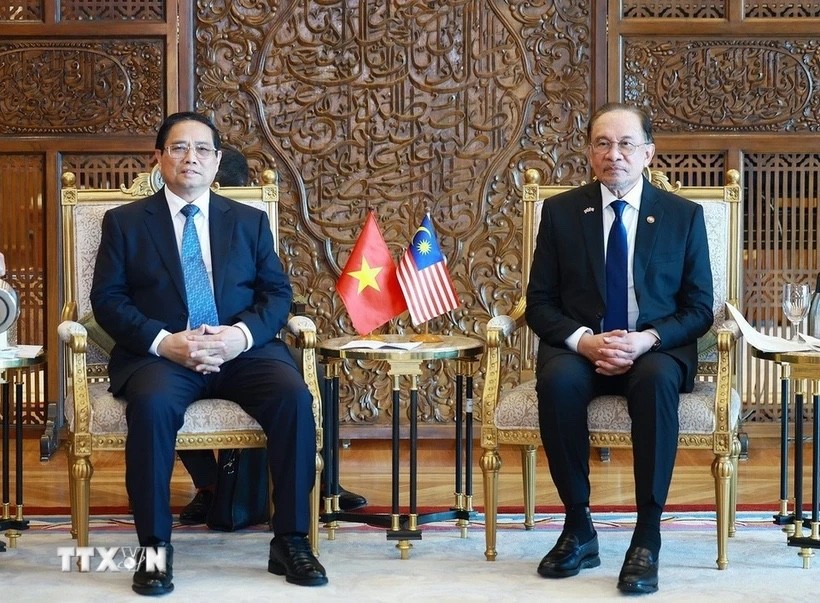 National
National
Vietnam News Today (May 31): Vietnam Strongly Supports Laos’s National Development
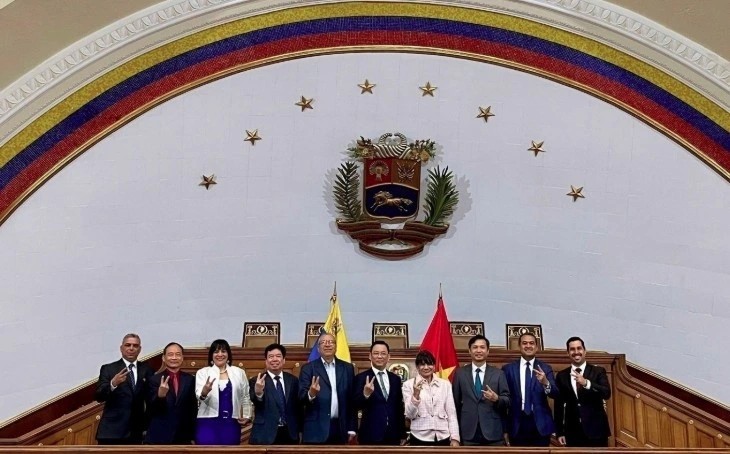 National
National
Vietnam News Today (May 30): Vietnam, Venezuela Reinforce Ties Through People-to-people Diplomacy
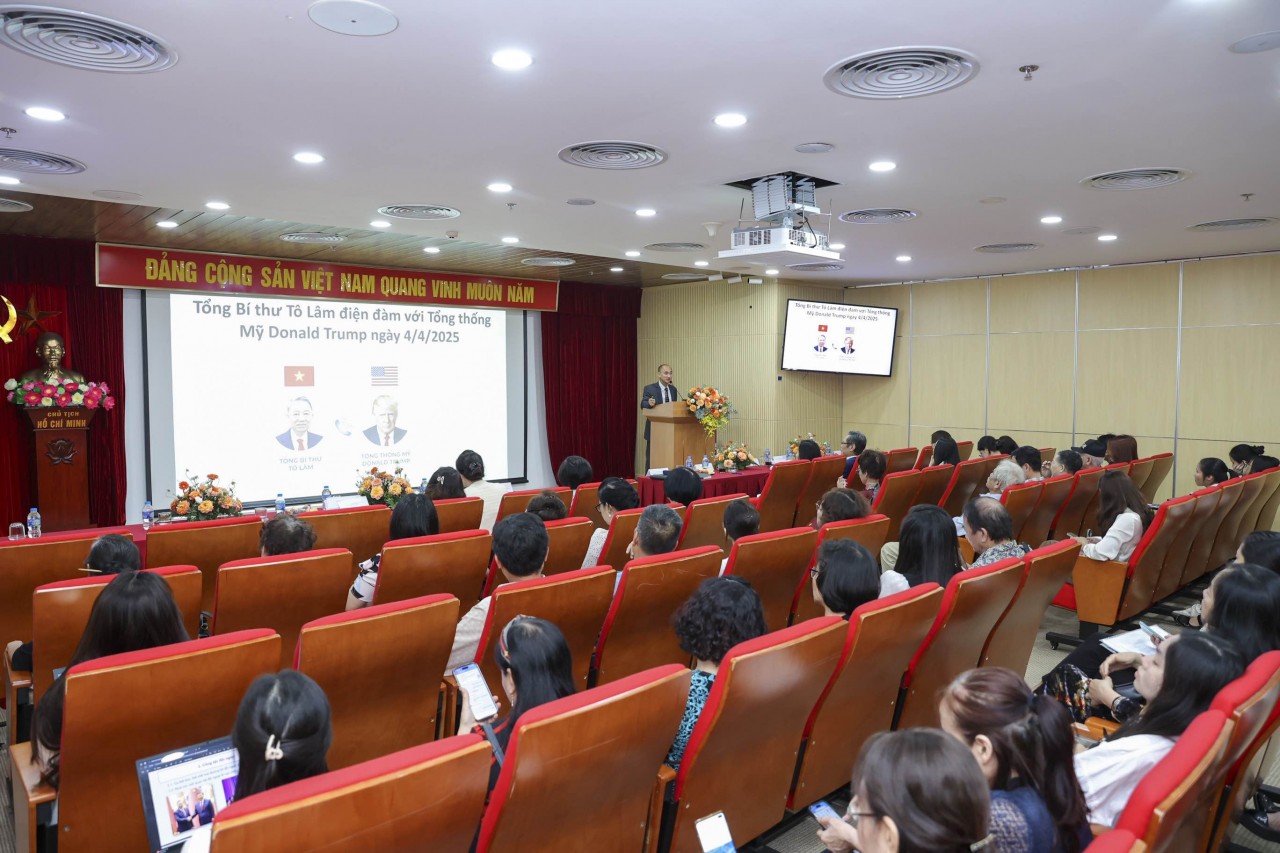 National
National
Vietnam News Today (May 29): Vietnam and Hungary to Expand Cooperation into New Areas
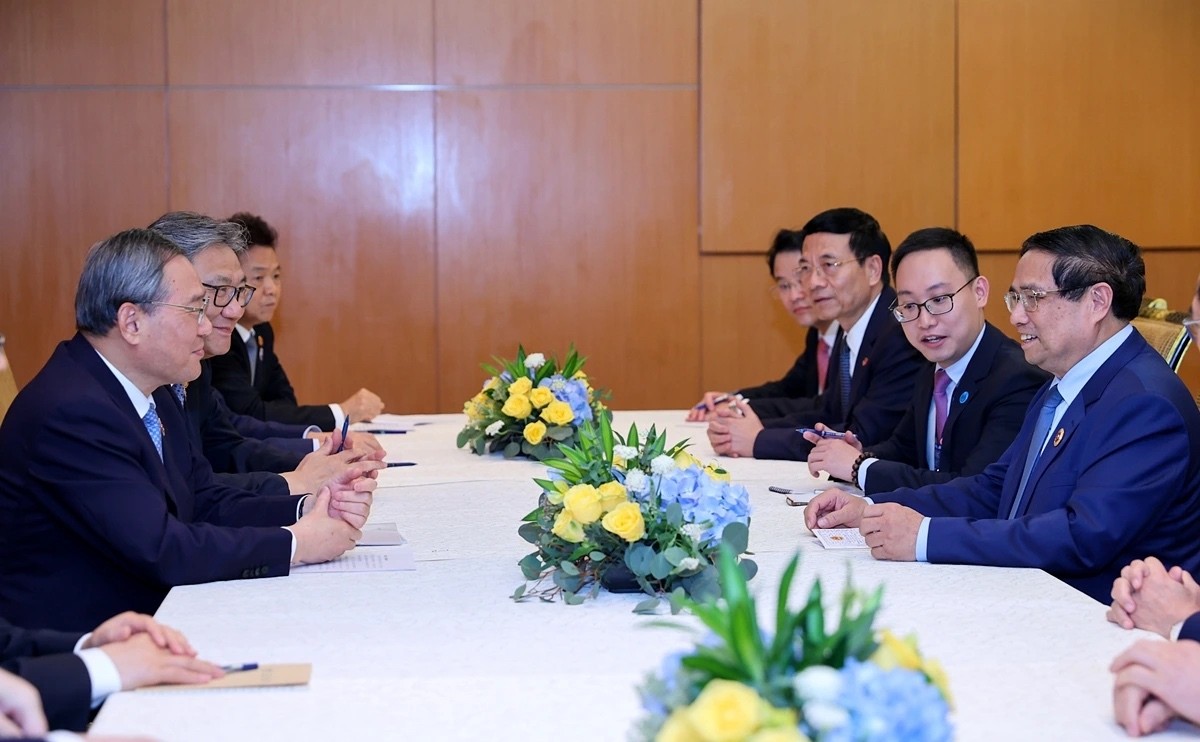 National
National



